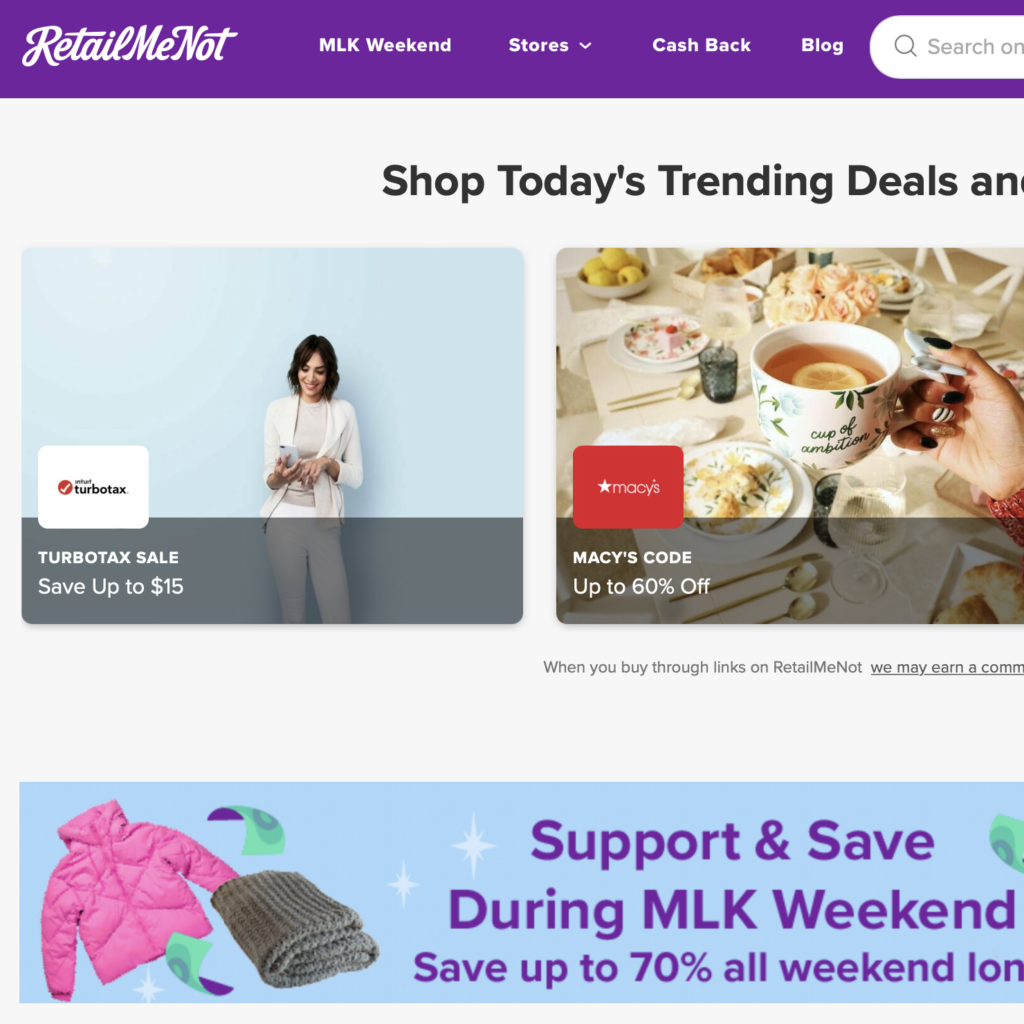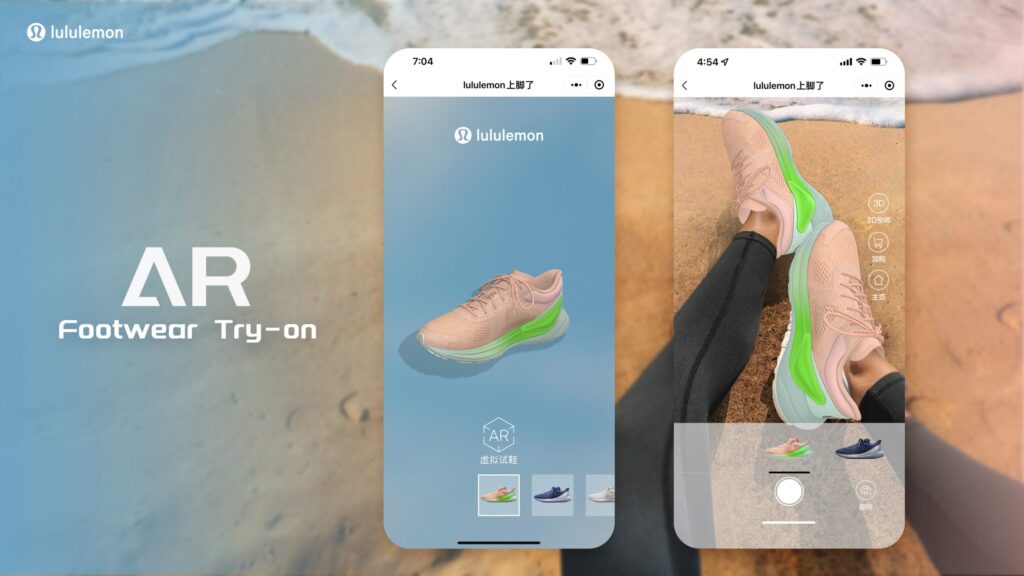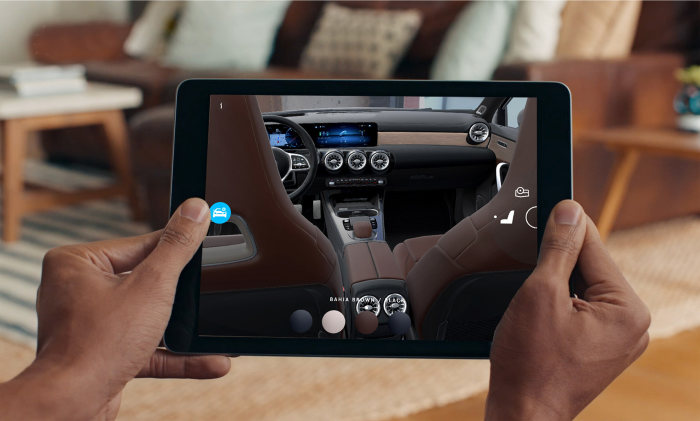Hyper personalisation in retail is a strategy that utilizes a variety of technologies and data analysis techniques to create a highly tailored shopping experience for individual customers. This can include things like personalized product recommendations, targeted marketing messages, and custom-tailored discounts and promotions. The goal of hyper personalisation is to create a more engaging and satisfying shopping experience for customers, which can lead to increased sales and customer loyalty.
One example of hyper personalisation in retail is the use of machine learning algorithms to analyze customer data and make personalized product recommendations. For example, Amazon’s “Customers who bought this item also bought” feature uses machine learning algorithms to analyze customer data and make personalized product recommendations. Another example is Netflix’s personalized movie and TV show recommendations which are made using a complex algorithm that takes into account a user’s viewing history and preferences.
Another example of hyper personalisation in retail is the use of location-based marketing to send targeted promotions and discounts to customers. For example, a retail store might use a customer’s location data to send them a push notification with a special offer when they are nearby.
One example of a company that has used location data to send personalized offers to customers is Starbucks. In 2016, the company launched a feature in their mobile app that uses the customer’s location data to send them personalized offers and discounts when they are near a Starbucks store. According to an article in Forbes, this feature helped to increase sales and customer engagement for the company. Another example is RetailMeNot, a company that uses location data to send users coupons and deals when they are near participating retailers. According to a study by the location-based marketing platform, xAd, location-based mobile coupons have a redemption rate that is 10 times higher than traditional coupons.

Hyper-personalisation in retail is a strategy that utilizes advanced technologies such as machine learning algorithms, natural language processing and data analysis to tailor the shopping experience for individual customers.
This approach allows retailers to offer personalized pricing, product recommendations, email marketing campaigns, chatbot interactions and loyalty programs based on factors such as browsing history, purchase history, location, and perceived willingness to pay. By leveraging these data-driven methods, retailers can create a more engaging and satisfying shopping experience for customers, which can lead to increased sales and customer loyalty.
For example, online retailers can use machine learning algorithms to adjust prices for individual customers based on their browsing history, purchase history, and location, while music streaming services like Spotify use machine learning algorithms to recommend music tracks to users based on their listening history and preferences.
Additionally, retailers can use data to create highly targeted email marketing campaigns and personalized loyalty programs that reward customers for their specific behaviors and preferences. With the advancement of technology, we can expect to see even more innovative uses of hyper-personalisation in the retail industry in the future.
As the metaverse becomes more prevalent, retailers will have the opportunity to create virtual storefronts and experiences that are highly personalized for individual customers.
For example, retailers could use data such as browsing history and purchase history to create customized virtual storefronts for each customer. These storefronts could feature personalized product recommendations, targeted marketing messages, and custom-tailored discounts and promotions. Retailers could also use data such as location, weather and time to personalize the virtual experience for each customer.
Another way retailers could leverage the metaverse is by creating virtual try-on experiences for customers. For example, a clothing retailer could use AR technology to allow customers to virtually try on clothes in their own home, using their own body measurements and preferences to create a more accurate fit.
In recent years, a number of retailers have begun experimenting with the use of Augmented Reality (AR) technology to create virtual try-on experiences for customers. This includes cosmetics retailer Sephora, eyewear retailer Warby Parker, clothing retailer Zara, sportswear brand Adidas and athletic apparel brand Lululemon. These retailers have developed virtual try-on features that allow customers to try on products using their smartphone’s camera, and use AR technology to superimpose the products on the customer’s body or face in real-time.

The use of AR technology in retail is still a relatively new field, and there is still much research to be done to fully understand its potential benefits and challenges. However, several studies have shown that the use of virtual try-on experiences can improve the customer experience and increase sales. A study by the business research company ABI Research, for example, found that retailers that use AR technology for virtual try-on experiences can see a 20-30% increase in sales.
Moreover, the use of virtual try-on experiences can help retailers reduce the costs associated with returns and exchanges. A study by the retail marketing company InContext Solutions found that retailers that use virtual try-on experiences can reduce the number of returns by up to 30%.
Retailers such as Sephora, Warby Parker, Zara, Adidas and Lululemon are among the early adopters of this technology, and they have reported positive results from their use of virtual try-on experiences. These retailers have created mobile apps that allow customers to try on products in real-time, and offer customers an immersive virtual shopping experience that can help them make more informed purchase decisions.
Retailers could also use the metaverse to create immersive brand experiences that allow customers to interact with products in new and exciting ways. For example, a car manufacturer could create a virtual showroom where customers can explore and interact with different models of cars, or even take them for a virtual test drive.
Virtual showrooms are an innovative way for car manufacturers to create immersive and interactive experiences for customers. By using virtual reality (VR) and augmented reality (AR) technology, car manufacturers can create virtual showrooms that allow customers to explore and interact with different models of cars in a highly realistic and engaging way. These virtual showrooms can be accessed via VR headsets or AR glasses, and can include features such as virtual test drives, interactive product information and even the ability to customize and configure vehicles in real-time.
One example of a car manufacturer that is experimenting with virtual showrooms is Mercedes-Benz. The company has developed a virtual showroom that allows customers to explore and interact with different models of cars in a highly realistic and engaging way. The showroom can be accessed via VR headsets, and includes features such as virtual test drives, interactive product information, and the ability to customize and configure vehicles in real-time. The showroom also allows customers to get a detailed look at the vehicles and its features with the help of VR, thus providing an immersive experience.

Another example is BMW which is using VR technology to give customers a virtual test drive of their cars, even before the cars are built. This technology allows customers to experience the cars in a highly realistic and engaging way, and also to customize and configure vehicles in real-time, thus providing a more detailed and personalized experience.
The use of virtual showrooms in the automotive industry is still a relatively new field, and there is still much research to be done to fully understand its potential benefits and challenges. However, several studies have shown that the use of virtual showrooms can improve the customer experience and increase sales. A study by the research firm
MarketsandMarkets, for example, found that the global market for virtual and augmented reality in the automotive industry is expected to grow from $1.89 billion in 2020 to $10.82 billion by 2025, at a CAGR of 40.8% during the forecast period.
In summary, the metaverse provides retailers with new opportunities to create highly personalized and immersive shopping experiences for customers, by leveraging data and technology. While the metaverse is still in early stages of development, it’s likely that retailers will start experimenting with this technology in the near future.
Hyper personalisation in retail is still a relatively new field, and there’s still much research to be done to fully understand its potential benefits and challenges. Some recent scientific papers that have explored the topic include “Hyper-personalisation: The Future of Retail Marketing” by V.Kumar, M.L. Anderson and J.A. Narus published in Journal of Marketing, and “Hyper-Personalization in E-Commerce: A Literature Review” by J. K. Lee, J. H. Kao, and T. H. Chen, published in Journal of Electronic Commerce Research.
Conclusions
In conclusion, hyper-personalisation in retail is a strategy that utilizes advanced technologies and data analysis techniques to create a highly tailored shopping experience for individual customers. This includes things like personalized product recommendations, targeted marketing messages, and custom-tailored discounts and promotions. The goal of hyper-personalisation is to create a more engaging and satisfying shopping experience for customers, which can lead to increased sales and customer loyalty.
Retailers can use machine learning algorithms to analyze customer data and make personalized product recommendations, use location-based marketing to send targeted promotions and discounts to customers, and create highly targeted email marketing campaigns and personalized loyalty programs. With the advancement of technology, we can expect to see even more innovative uses of hyper-personalisation in the retail industry in the future. As the metaverse becomes more prevalent, retailers will have the opportunity to create virtual storefronts and experiences that are highly personalized for individual customers.
Recommendations for retailers looking to implement hyper-personalisation in their strategy are:
- Invest in the necessary technology and data analysis tools to effectively personalize the shopping experience for individual customers.
- Continuously collect and analyze customer data to stay up-to-date on customer preferences and behaviors.
- Test and iterate on different personalization strategies to see what works best for your customers and business.
- Stay aware of privacy concerns and ensure that you are transparent about how customer data is being collected and used.
- Consider the potential of the metaverse for personalization and stay informed about its development.
Reference:
- V.Kumar, M.L. Anderson and J.A. Narus, Hyper-personalization: The Future of Retail Marketing, Journal of Marketing, Vol.80, No.6, 2016.
- J. K. Lee, J. H. Kao, and T. H. Chen, Hyper-Personalization in E-Commerce: A Literature Review, Journal of Electronic Commerce Research, Vol.17, No.3, 2016
- ABI Research, “Augmented Reality in Retail: Opportunities and Challenges” (2019) https://www.abiresearch.com/market-research/product/1064973-augmented-reality-in-retail-opportunities-and-challenges/
- InContext Solutions, “The ROI of Virtual Reality in Retail” (2017) https://www.incontextsolutions.com/wp-content/uploads/2017/06/The-ROI-of-Virtual-Reality-in-Retail.pdf
- MarketsandMarkets, “Virtual Reality in Automotive Market by Component, Application, and Region – Global Forecast to 2025” (2020) https://www.marketsandmarkets.com/Market-Reports/virtual-reality-in-automotive-market-118537755.html
- Mercedes-Benz, “Mercedes-Benz Virtual Showroom” (2021) https://www.mercedes-benz.com/en/innovation/virtual-showroom/
- BMW, “BMW Virtual Reality” (2021) https://www.bmw.com/en/innovation/virtual-reality.html
- Wilson, J.R. and Tillman, B.R. (2016). Location-Based Marketing for Small Business: Strategies, Opportunities, and Challenges. Journal of Small Business Management.
